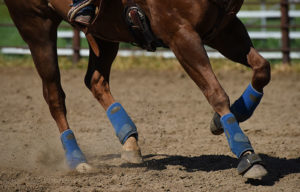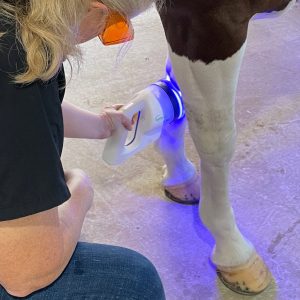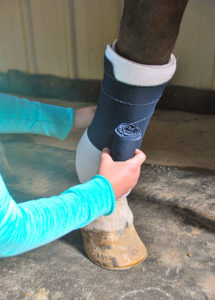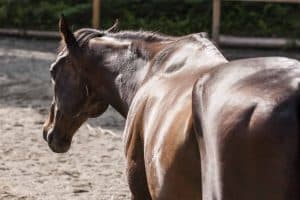Making, Placing, and Removing Transphyseal Staples
Many methods have been used to straighten crooked limbs on foals, and in the past staples placed across the “long” side’s growth plate have received somewhat mixed reviews. However, some researchers suggest that this was due to poor staple choic
Share
ADVERTISEMENT
Create a free account with TheHorse.com to view this content.
TheHorse.com is home to thousands of free articles about horse health care. In order to access some of our exclusive free content, you must be signed into TheHorse.com.
Start your free account today!
Already have an account?
and continue reading.
Share
Written by:
Christy M. West
Christy West has a BS in Equine Science from the University of Kentucky, and an MS in Agricultural Journalism from the University of Wisconsin-Madison.
Related Articles
Stay on top of the most recent Horse Health news with















